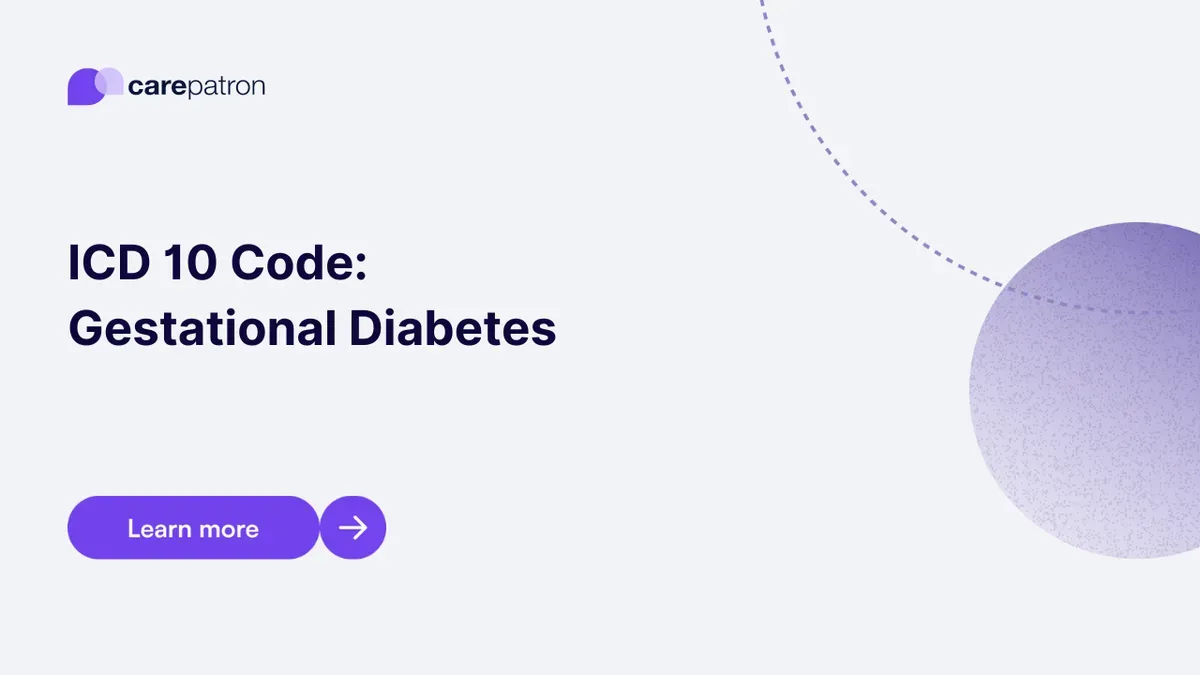
Gestational Diabetes ICD-10-CM Codes
Explore ICD-10-CM codes for bilateral otitis media in 2023. Learn about common codes, billable statuses, and gain clinical insights in this comprehensive guide.
Use Code
Commonly asked questions
Otitis media bilateral can be caused by bacterial or viral infections, often following a cold or upper respiratory infection. It can also result from allergies, sinus infections, or other factors blocking Eustachian tubes.
Treatment for bilateral otitis media may include antibiotics (for bacterial infections), pain relievers, warm compresses, and, in some cases, fluid drainage from the ears. For chronic patients, surgical procedures like tympanostomy tube placement may be considered.
Bilateral otitis media can lead to temporary or permanent hearing loss, especially if left untreated. It's essential to seek prompt medical attention if you suspect an ear infection to prevent potential hearing problems.
EHR and practice management software
Get started for free
*No credit card required
Free
$0/usd
Unlimited clients
Telehealth
1GB of storage
Client portal text
Automated billing and online payments
